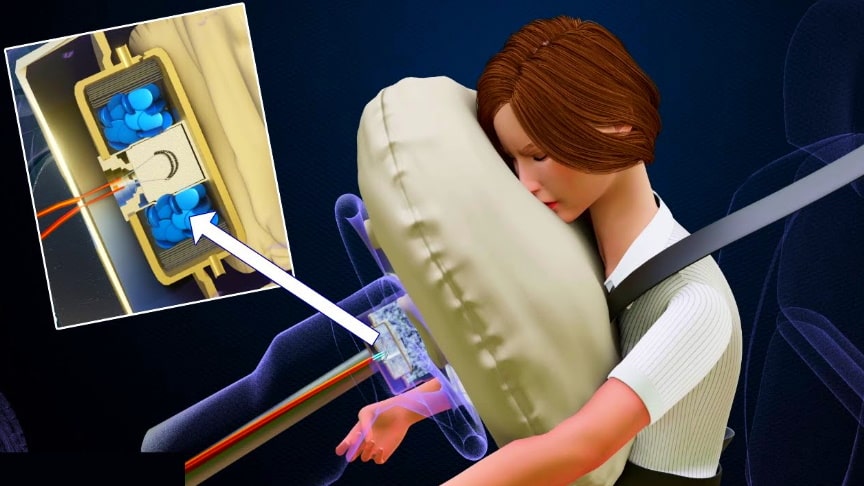An airbag is a vehicle occupant-restraint system using a bag designed to inflate extremely quickly, then quickly deflate during a collision. It consists of the airbag cushion, a flexible fabric bag, an inflation module, and an impact sensor. The purpose of the airbag is to provide a vehicle occupant with a soft cushioning and restraint during a collision.
The airbag provides an energy-absorbing surface between the vehicle’s occupants and a steering wheel, instrument panel, body pillar, headliner, and windshield. The engineering behind the airbags is pretty amazing. Let’s explore how do they work in detail.
During a crash, the vehicle’s crash sensors provide crucial information to the airbag electronic controller unit (ECU), including collision type, angle, and severity of impact. Using this information, the airbag ECU’s crash algorithm determines if the crash event meets the criteria for deployment and triggers various firing circuits to deploy one or more airbag modules within the vehicle.
Advertisement
Working as a supplemental restraint system to the vehicle’s seat-belt systems, airbag module deployments are triggered through a pyrotechnic process that is designed to be used once. Newer side-impact airbag modules consist of compressed-air cylinders that are triggered in the event of a side-on vehicle impact./wikipedia











